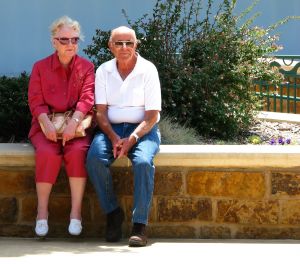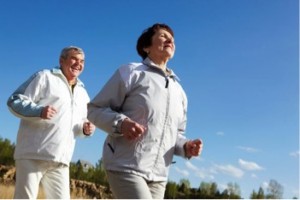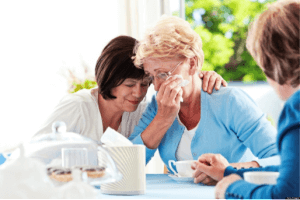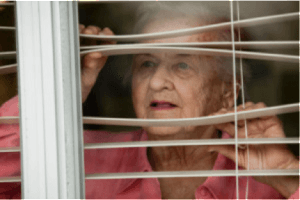Top 5 Memory Care Activities To Practice With Seniors
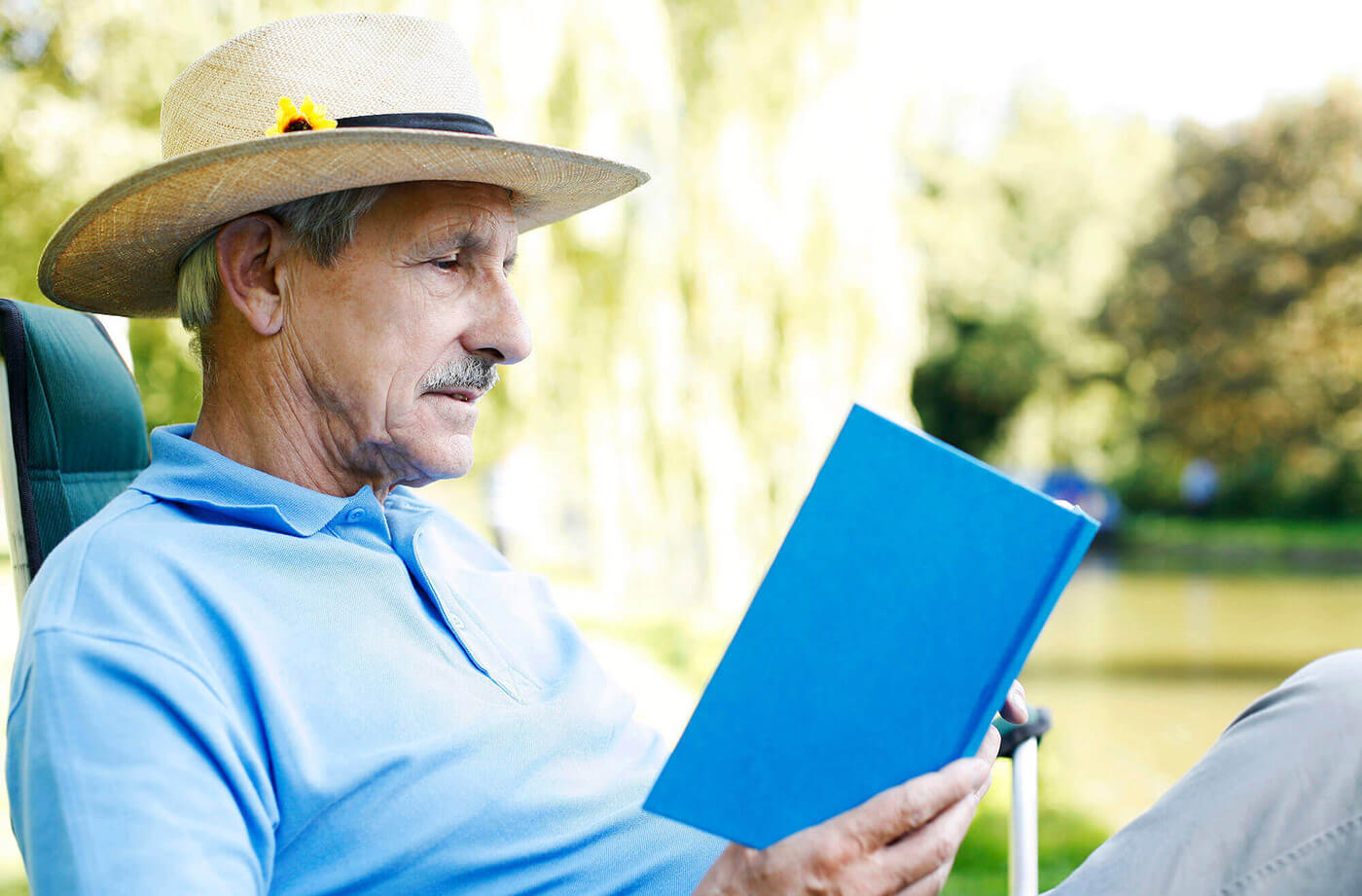 Seniors with dementia or Alzheimer’s disease often withdraw from their favorite activities with family members and friends because it’s too difficult to remember or stay focused. While witnessing such behavior can be devastating, it’s imperative you, their caregiver, family member, or friend, work hard to maintain their relationships and interests.
Seniors with dementia or Alzheimer’s disease often withdraw from their favorite activities with family members and friends because it’s too difficult to remember or stay focused. While witnessing such behavior can be devastating, it’s imperative you, their caregiver, family member, or friend, work hard to maintain their relationships and interests.
Various research studies have found physical and mental activities can help stimulate memories and emotional connections while reducing the severe cognitive effects of dementia and Alzheimer’s. Therefore, it’s important you encourage your loved one to participate in meaningful activities that help them feel connected to their surroundings.
There are many “suggested” activities available on other dementia and Alzheimer’s disease-related blogs, but the caregivers, nursing staff, and memory care experts at Paradise Living Centers have actual experience in this area. They are available on call 24/7 or during normal business hours to provide residents with the individualized attention they deserve. In their experience, the following memory activities work wonders for seniors with dementia or Alzheimer’s disease:
- Participate In Arts and Crafts
This may seem like a “no-brainer,” but helping seniors participate in arts and crafts can help encourage self-expression and positivity while lessening irritability. The goal, however, is not to choose activities you think they’d enjoy, but pick activities you know they would enjoy. Do your research and take the time to actually find out what your loved one or patient likes, and most importantly, keep is simple. Some crafts, like knitting or cross stitch, may overwhelm the person you’re caring for, so keep these little tidbits in mind as you come up with memory care activities.
- Read Books, Newspapers, Magazines, Etc.
Reading is a great brain-stimulating activity for people with dementia or Alzheimer’s. Try to encourage your loved one to read a book or article aloud to you or someone they know. If their condition is so severe that reading is too difficult, take it upon yourself to read them some of their favorite books. Re-reading books they’ve already read may help stir memories.
- Take Long Walks
According to a study conducted by researchers at the University of British Columbia, exercise helps memory and cognitive thinking through direct and indirect means. The research team found regular aerobic exercise increased the size of the hippocampus, which is the area of the brain involved in verbal memory and learning. That said, the caregivers at Paradise Living Centers encourage daily walks for those affected by these debilitating conditions.
- Work on a Puzzle
Puzzles are a fun, yet mildly challenging activity that can help boost cognitive function, specifically problem solving skills. Because puzzles are relatively thought-provoking, they may hold the interest of your loved one with dementia for long periods of time. This activity is generally more enjoyable for individuals affected by dementia over Alzheimer’s because it requires a great deal of concentration. Nevertheless, gauge the situation and see if your loved one would be up for the task.
- Sing Songs or Dance
Lastly, singing and dancing can help stimulate healthy brain activity in people with dementia or Alzheimer’s. As we alluded to previously, movement of any kind can help boost cognitive function, and dancing is no exception. If your loved one is physically capable of dancing, have them participate in a dance class or play some music in their room to encourage movement. Singing can also help bring up memories and promote self-expression, two things that can help with behavior, memory, and thought.
Try these five memory care activities with your loved one today and let us know what you think!
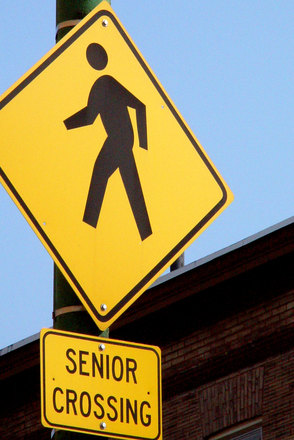 Wednesday, May 25th is National Seniors Fitness and Health Day and approximately 100,000 older adults will participate in activities at more than 1,000 locations throughout the U.S. This year’s theme is “Improve Your Health for a Better Self,” which encourages older Americans to get healthy and fit and focus on becoming the best they can be.
Wednesday, May 25th is National Seniors Fitness and Health Day and approximately 100,000 older adults will participate in activities at more than 1,000 locations throughout the U.S. This year’s theme is “Improve Your Health for a Better Self,” which encourages older Americans to get healthy and fit and focus on becoming the best they can be.
